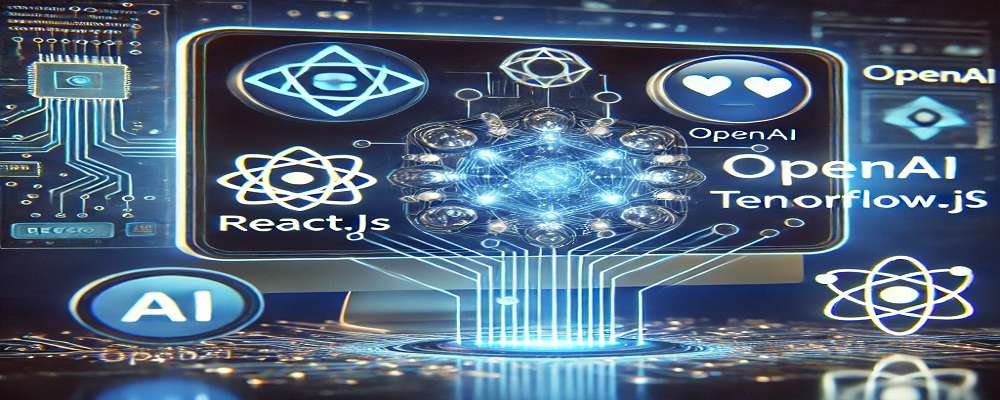The AI revolution is here, and integrating AI with React unlocks new possibilities for smart, interactive, and intuitive applications. With OpenAI’s GPT models, TensorFlow.js for browser-based machine learning, and Hugging Face for cutting-edge NLP and image processing, developers can build intelligent UIs. In this guide, we will cover: ✅ Using OpenAI’s API for chatbots & … Continue reading “Building AI-Powered React Apps: OpenAI, TensorFlow.js & Hugging Face Integration”
Category: React.js
Master React.js, a powerful JavaScript library for creating interactive and reusable UI components. This category guides you through concepts like virtual DOM, hooks, and state management to build fast, modern single-page applications.
Getting Started with React.js
React.js is a JavaScript library that has completely transformed the way I approach building user interfaces. Developed by Facebook, React has become one of the most popular tools for creating fast, dynamic, and responsive web applications. In this blog post, I want to share my personal journey of getting started with React.js, including what makes … Continue reading “Getting Started with React.js”
